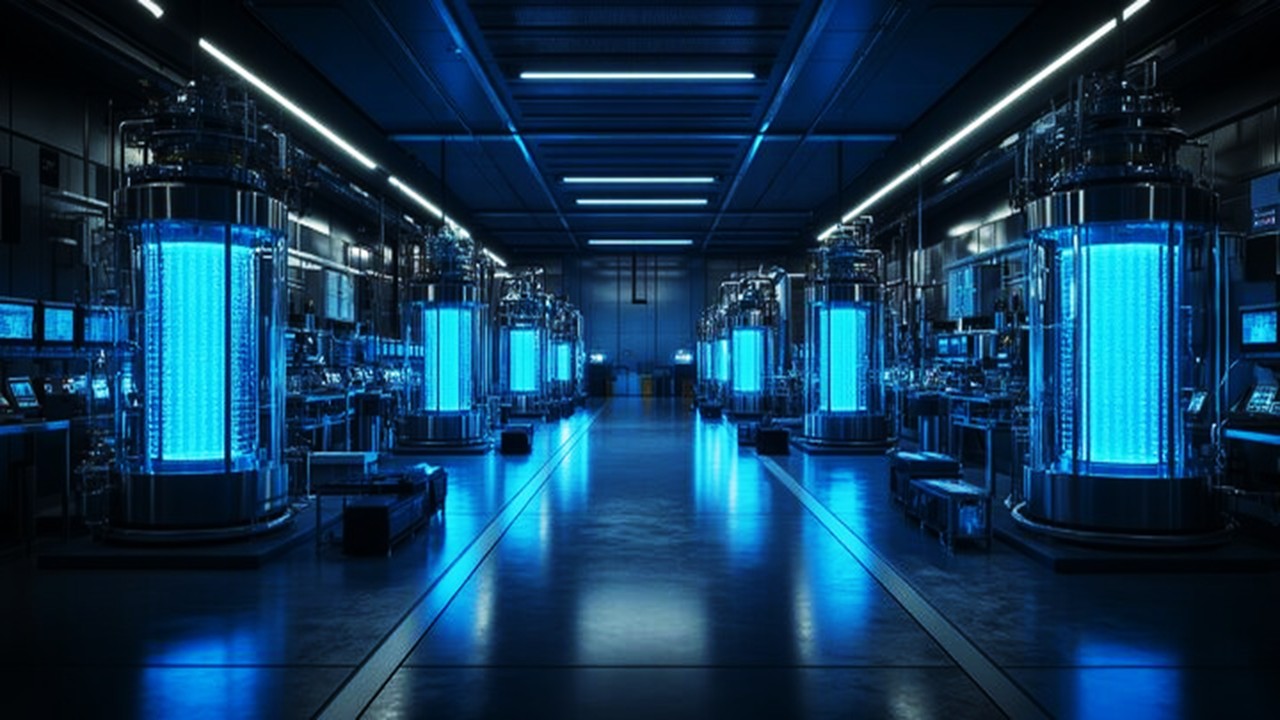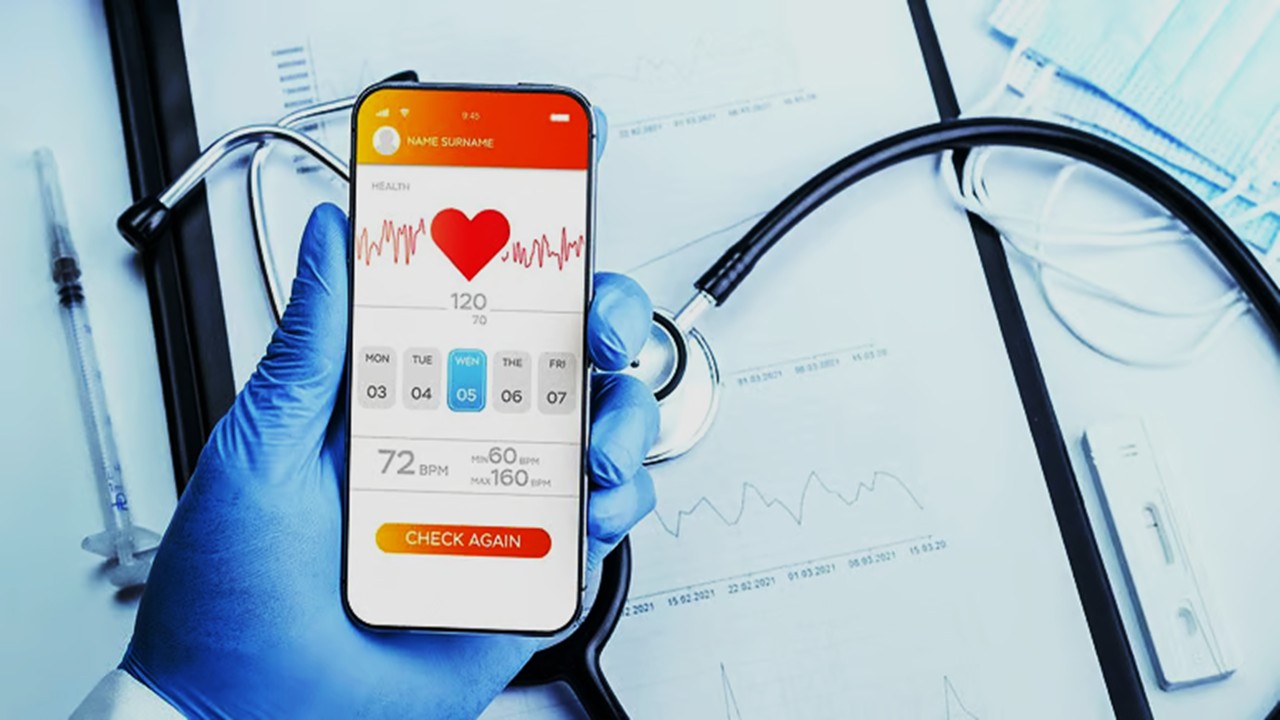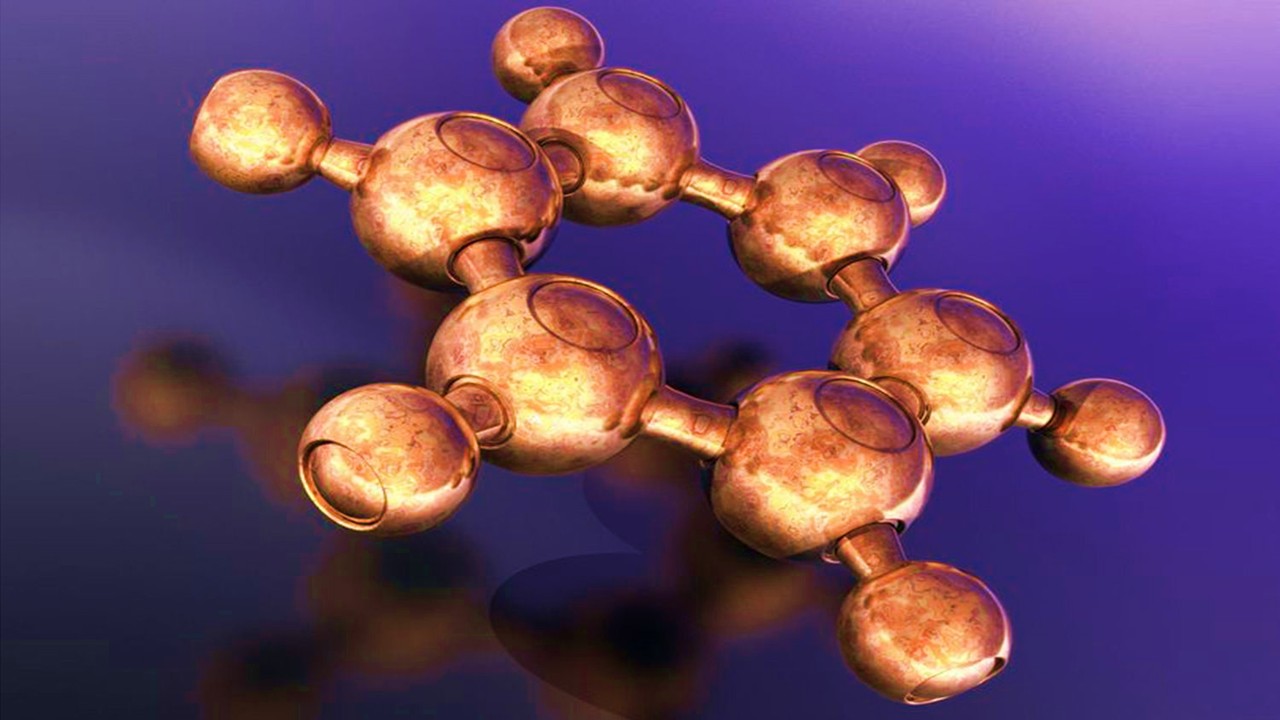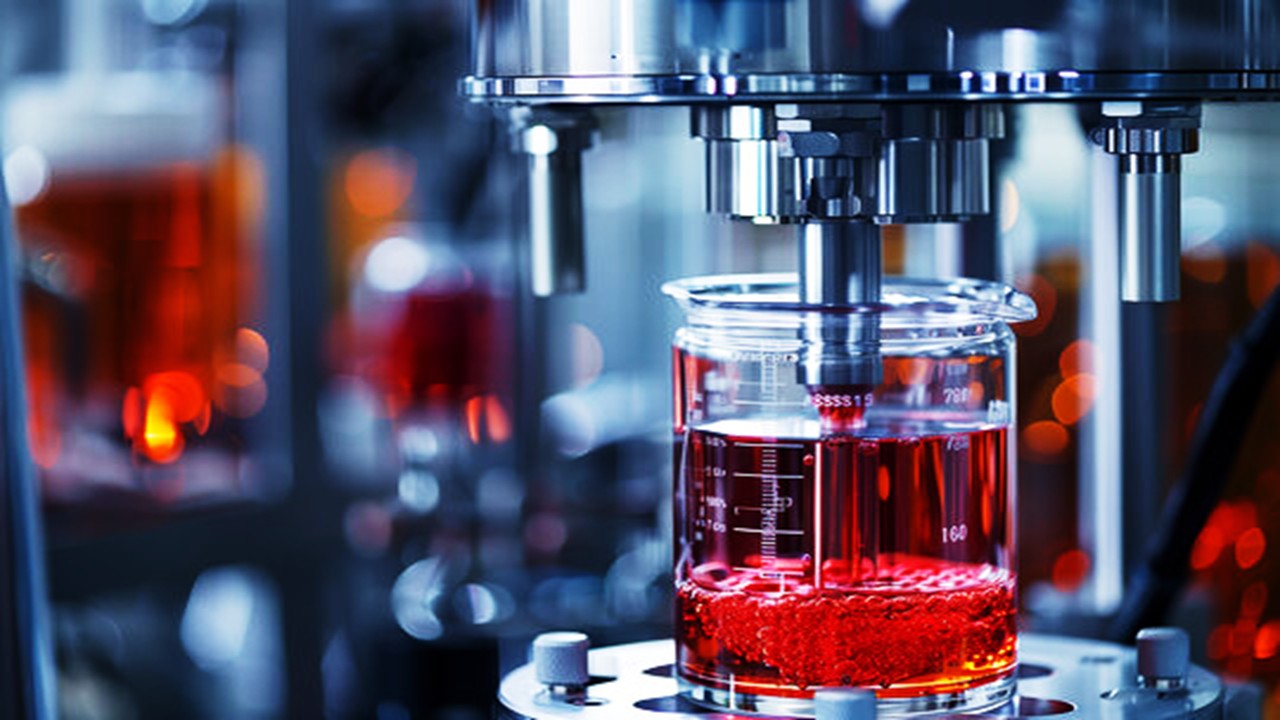Mass spectrometry has long stood as the gold standard for molecular characterization, capable of quantifying compounds with attomolar sensitivity and resolving isotopic fine structure—yet its complexity has rendered it inaccessible to all but specialized laboratories. That paradigm is now collapsing under the weight of intelligent automation systems that handle everything from sample prep to data interpretation, transforming mass spec from a bespoke analytical art into a routine measurement tool. The implications ripple across disciplines: clinical labs can now deploy mass spec for routine therapeutic drug monitoring without PhD staff, environmental scientists track emerging contaminants with push-button simplicity, and synthetic chemists obtain real-time reaction analytics through integrated flow-MS systems. This automation revolution doesn’t merely simplify existing workflows—it enables entirely new experimental designs that leverage mass spec’s unparalleled specificity in high-throughput discovery contexts previously dominated by inferior spectroscopic methods.
Self-Optimizing Ion Sources: The Frontline of Accessibility
The ion source has traditionally been mass spectrometry’s temperamental gateway—a region where slight misalignments, contamination, or parameter drift could decimate signal quality. Modern autonomous ion sources now employ closed-loop optimization algorithms that continuously tune ionization parameters in response to incoming samples. Mass spectrometrists observe that these systems outperform even experienced operators by detecting subtle correlations between thousands of variables—capillary temperature might be adjusted based on real-time aerosol droplet size measurements, while nebulizer gas flow responds to solvent composition inferred from background spectra.
Electrospray ionization (ESI) systems lead this revolution. Machine vision cameras monitor Taylor cone stability through sapphire viewports, with convolutional neural networks making microsecond adjustments to voltage gradients and gas flows that maintain ideal spray conditions across variable solvent compositions. The systems automatically compensate for matrix effects—reducing suppression when detecting drugs in plasma or pesticides in soil extracts by dynamically shifting the ionization spatial profile.
MALDI targets have undergone similar transformations. Automated optical scanners map sample crystallization quality before acquisition, directing the laser to optimal crystallization “sweet spots” while avoiding matrix clusters that generate spectral noise. Some systems now incorporate Raman spectroscopy to verify matrix-analyte co-crystallization quality, adjusting laser fluence and focus depth accordingly for maximum ion yield.
The most advanced sources integrate predictive maintenance. By tracking long-term performance drift in emitter tips, laser optics, and high-voltage components, these systems schedule preemptive replacements before failures occur—addressing a major pain point for non-expert operators. Internal calibration compounds introduced via secondary capillaries allow real-time mass accuracy correction without user intervention, maintaining sub-ppm precision over months of operation.
Emerging systems go further by adapting ionization modes to sample properties. A single platform might automatically switch between ESI, APCI, and APPI based on pre-scan polarity and molecular weight data, then seamlessly stitch resulting spectra into a comprehensive analysis—a capability that previously required multiple instruments and expert oversight.
Automated Sample Prep: From Dirty Samples to Clean Spectra
Sample preparation remains the most labor-intensive and error-prone mass spec bottleneck—a challenge robotic liquid handlers and smart microfluidics are now overcoming. Modern systems integrate solid-phase extraction, protein precipitation, and derivatization into seamless workflows that require only crude sample input. Analytical chemists highlight how these platforms leverage mass spec’s specificity to reduce cleanup stringency—knowing the instrument can resolve target compounds from matrix interferences allows simpler prep protocols than those needed for less selective detectors.
Microfluidic “lab-on-a-chip” prep cells exemplify this trend. These credit-card-sized devices combine mixing channels, extraction phases, and electrokinetic concentrators that prepare samples directly from biological fluids. A blood droplet applied to the inlet emerges at the outlet as purified analytes in MS-compatible solvent, with the system automatically adjusting buffer conditions based on real-time conductivity measurements. Some chips incorporate molecularly imprinted polymers that selectively capture target compound classes while excluding proteins and salts—a form of “intelligent” extraction impossible with conventional cartridges.
Automated derivatization has seen particular innovation. Systems now select optimal derivatizing reagents based on pre-scan mass spectra, then perform reactions in heated microreactors with inline quenching. This enables detection of previously “invisible” compounds like short-chain fatty acids or neurotransmitters that require chemical modification for sensitive analysis. The platforms track derivatization efficiency through stable isotope-labeled internal standards, automatically repeating reactions if yields fall below thresholds.
The frontier lies in adaptive prep workflows. A system might begin with gentle protein precipitation for a urine drug screen, then escalate to more rigorous cleanup if matrix effects are detected in initial scans—all without user intervention. Such decision-making mimics the problem-solving of expert technicians but operates at machine speed and consistency.
Integration with upstream processes is equally impressive. Robotic arms can transfer cell culture plates directly to prep stations where metabolites are extracted, purified, and injected in workflows that maintain temporal resolution for kinetic studies—an impossibility with manual methods. This end-to-end automation is enabling mass spec to compete with plate readers in high-throughput screening applications.
Autonomous Mass Analyzers: Instruments That Teach Themselves
The mass analyzer itself—long the domain of intricate manual tuning—has become a self-optimizing component through advances in control algorithms. Time-of-flight tubes now automatically calibrate delay times and voltages based on reference ion flight patterns, while Orbitraps continuously adjust trapping voltages to maintain optimal field shapes as environmental conditions fluctuate. Instrument physicists note that these systems achieve performance stability previously attainable only in vibration-damped, temperature-controlled specialty labs.
Quadrupole mass filters showcase particularly elegant automation. Traditional systems required painstaking resolution/transmission balance tuning for each target mass range, but modern implementations use genetic algorithms to explore millions of RF/DC combinations in seconds, identifying optimal parameters that maximize sensitivity without sacrificing resolution. The systems even adapt to gradual detector aging—automatically increasing gain as electron multipliers lose sensitivity over time to maintain consistent response factors.
Tandem MS capabilities have seen quantum leaps in accessibility. Automated collision energy ramping identifies optimal fragmentation conditions for unknown compounds by monitoring product ion yields across energies—a process that once required hours of manual experimentation. Some systems now predict fragmentation patterns from precursor mass and chemical class, then verify these predictions in real-time to guide subsequent scans—creating a form of machine-aided structural elucidation.
Ion mobility integration adds another dimension. Autonomous systems adjust drift gas composition and field strengths to separate isobaric compounds based on their collision cross-sections, with algorithms that recognize when mobility resolution provides more meaningful differentiation than mass resolution alone. This capability is proving invaluable in lipidomics and glycomics where structural isomers abound.
The most advanced analyzers incorporate self-diagnostic capabilities. By monitoring space charge effects, detector saturation levels, and vacuum system performance, these instruments can predict and prevent data-quality degradation before it impacts results—a form of preventive maintenance that dramatically improves reliability in non-expert hands.
Intelligent Data Acquisition: Beyond Dumb Scans
Traditional mass spec data collection followed predetermined scan patterns—an approach modern systems are replacing with context-aware acquisition that maximizes information yield. These platforms treat each scan as an opportunity to redirect the instrument toward the most scientifically valuable targets, creating adaptive measurement loops. Data scientists describe this as shifting from “seeing what’s there” to “looking for what matters.”
Data-dependent acquisition (DDA) has evolved into cognitive systems. Early DDA simply selected intense peaks for fragmentation, but contemporary algorithms incorporate chemical intelligence—prioritizing compounds with mass defects suggestive of sulfur-containing toxins, or excluding known matrix ions that waste fragmentation cycles. Some systems even recognize when isotopic patterns suggest co-eluting compounds, triggering additional scans at alternate collision energies to deconvolve mixtures.
Data-independent acquisition (DIA) benefits similarly. Swath windows now adjust dynamically based on real-time chromatographic peak widths—narrowing during fast elution segments to maintain resolution, then widening during sparse regions to boost sensitivity. Machine learning models trained on historical datasets predict which mass ranges will contain informative fragments, optimizing window placements for maximum coverage.
The most transformative applications involve real-time spectral interpretation. Systems can now detect when fragmentation patterns match known structural alerts for genotoxicity or phospholipidosis, immediately triggering additional confirmatory scans. In clinical toxicology screens, this allows automatic expansion of testing panels when suspicious compounds are detected—a capability that previously required batch retesting.
Emerging “active learning” systems take this further. By modeling the informational value of potential next scans, these platforms maximize knowledge gain per unit time—perhaps prioritizing stereochemical differentiation scans when chiral centers are suspected, or isotope ratio measurements when synthetic byproducts are detected. This represents a fundamental shift from passive measurement to strategic interrogation of samples.
Automated Data Interpretation: From Peaks to Answers
The final mass spec bottleneck—interpreting complex spectra—is yielding to machine learning systems that translate raw data into chemical insights with minimal human input. Where traditional software merely detected peaks, modern platforms annotate compounds, suggest structures, and even predict biological relevance—all while accounting for instrument-specific artifacts and matrix effects.
Small molecule identification showcases dramatic progress. Algorithms now combine exact mass, isotopic fine structure, fragmentation patterns, and retention time predictions to rank candidate identities—a multi-dimensional approach that often outperforms manual interpretation. The systems automatically consult spectral libraries and metabolic pathway databases to contextualize findings, flagging when detected compounds are known metabolites of administered drugs or environmental contaminants.
Untargeted analysis benefits particularly. Automated molecular networking clusters related compounds based on fragmentation similarity and co-elution patterns, reconstructing metabolic pathways or environmental degradation series without predefined targets. Some implementations incorporate quantum chemistry calculations to predict fragmentation patterns for novel compounds absent from libraries—bridging the identification gap for emerging contaminants.
Quantitative analysis has seen equal innovation. Systems automatically select optimal quantification ions by balancing specificity and sensitivity, then adjust calibration curves in real-time based on quality control samples. Advanced implementations use machine learning to recognize and compensate for matrix effects—automatically switching internal standards or applying mathematical corrections when ion suppression is detected.
The frontier involves predictive analytics. Some platforms now forecast likely impurities in synthetic batches based on reaction mechanisms, then specifically hunt for these compounds—a proactive approach to quality control. Others predict ADMET properties from detected metabolites, providing early toxicology insights during drug discovery.
Integrated Workflows: Sample-to-Answer Automation
Standalone automation solutions are now converging into complete sample-to-answer ecosystems that require only crude sample input. These integrated platforms combine robotic sample handling, intelligent prep, autonomous mass spec operation, and AI-driven interpretation into seamless workflows accessible to non-specialists.
Clinical toxicology systems exemplify this integration. A blood sample loaded into the platform undergoes automated protein precipitation, chromatographic separation, and mass spec analysis—with the system selecting appropriate screening panels based on initial findings. Positive results automatically trigger confirmatory quantitation, while unexpected compounds initiate library searches and toxicological risk assessments—all while generating clinician-ready reports.
Environmental monitoring applications are equally transformative. Water samples flow directly into systems that concentrate analytes, remove matrix interferences, and analyze for hundreds of contaminants simultaneously. The platforms automatically adjust reporting limits based on matrix complexity detected in real-time, while flagging novel compounds that deviate from known contaminant profiles.
The most advanced implementations incorporate upstream sample collection. Breathalyzer-style devices capture exhaled aerosols onto thermal desorption chips that feed directly into portable mass specs—enabling real-time pharmacokinetic monitoring in clinical trials. Similarly, soil probes with integrated microextraction phases can provide continuous contaminant monitoring through wireless MS interfaces.
These end-to-end systems are democratizing mass spec applications that were previously impractical. Food safety testing, forensic analysis, and even classroom demonstrations now occur outside traditional mass spec labs—with reliability that meets regulatory requirements despite minimal operator expertise.
The Future: Autonomous Labs and Self-Directing Experiments
The automation revolution is now expanding beyond individual instruments to entire mass spec laboratories—with robotic sample logistics, self-scheduling instrument fleets, and AI-driven experimental design. These “lights-out” labs operate continuously, leveraging mass spec’s versatility to service diverse projects with minimal human intervention.
Automated method development represents a key breakthrough. Systems can now design chromatographic separations in silico, then empirically optimize them through iterative robotic experimentation—a process that previously required weeks of method development expertise. The platforms automatically adjust pH gradients, column temperatures, and mobile phase compositions while monitoring resolution metrics—converging on optimal conditions orders of magnitude faster than manual approaches.
Self-calibrating instrument networks take this further. Fleets of mass specs in different locations automatically cross-validate using shared reference materials, then adjust their parameters to maintain harmonized performance—enabling truly comparable data across global research collaborations. Blockchain-anchored calibration records create auditable trails for regulatory compliance.
The most visionary developments involve autonomous discovery. Closed-loop systems combine automated synthesis with real-time mass spec feedback to optimize chemical reactions—varying catalysts, temperatures, and stoichiometries while chasing spectral signatures of desired products. This approach is accelerating materials science and drug discovery by performing thousands of iterative optimizations without human fatigue.
As these technologies mature, they promise to make mass spec not just accessible but ubiquitous—a routine measurement tool as commonplace as pH meters in scenarios ranging from hospital bedside testing to home water quality monitoring. The analytical gold standard is becoming democratized gold.
Mass Spec’s Second Revolution
The automation revolution represents mass spectrometry’s second great leap—following its initial transformation from a physics curiosity to an analytical powerhouse. By systematically eliminating every technical barrier—from finicky ionization to cryptic spectra—modern systems are fulfilling mass spec’s latent potential as a universal measurement language for molecules.
This democratization carries profound implications. When environmental scientists can track novel pollutants as easily as checking the weather, when clinicians can personalize drug regimens with push-button metabolomics, and when students can explore molecular structures with classroom-friendly instruments, the entire scientific enterprise accelerates.
The future belongs to mass spec systems that don’t just measure, but think—anticipating user needs, diagnosing their own health, and continuously optimizing performance. In making mass spectrometry accessible, automation hasn’t diminished its sophistication—it’s unleashed it. The precision measurement revolution is no longer confined to elite labs; it’s coming to a bench near you.
Engr. Dex Marco Tiu Guibelondo, B.Sc. Pharm, R.Ph., B.Sc. CpE
Editor-in-Chief, PharmaFEATURES

Subscribe
to get our
LATEST NEWS
Related Posts

Drug Discovery Biology
Flycode Revolution: How Tiny Tags Are Accelerating Antibody Drug Discovery
What began as a clever repurposing of Drosophila biology has matured into a platform technology transforming how therapeutic proteins are discovered, optimized, and manufactured.

Drug Discovery Biology
Precision Cell Factories: Engineering Superior Biologics-Producing Cell Lines
Modern cell line development is a precision-driven field where single edits can make or break a monoclonal antibody’s success.

Drug Discovery Biology
Pathoblockers: The Next Frontier in Precision Antimicrobial Intervention
Pathoblockers represent more than just another antimicrobial class—they embody a fundamental rethinking of infection control that prioritizes strategic disarmament over indiscriminate killing.
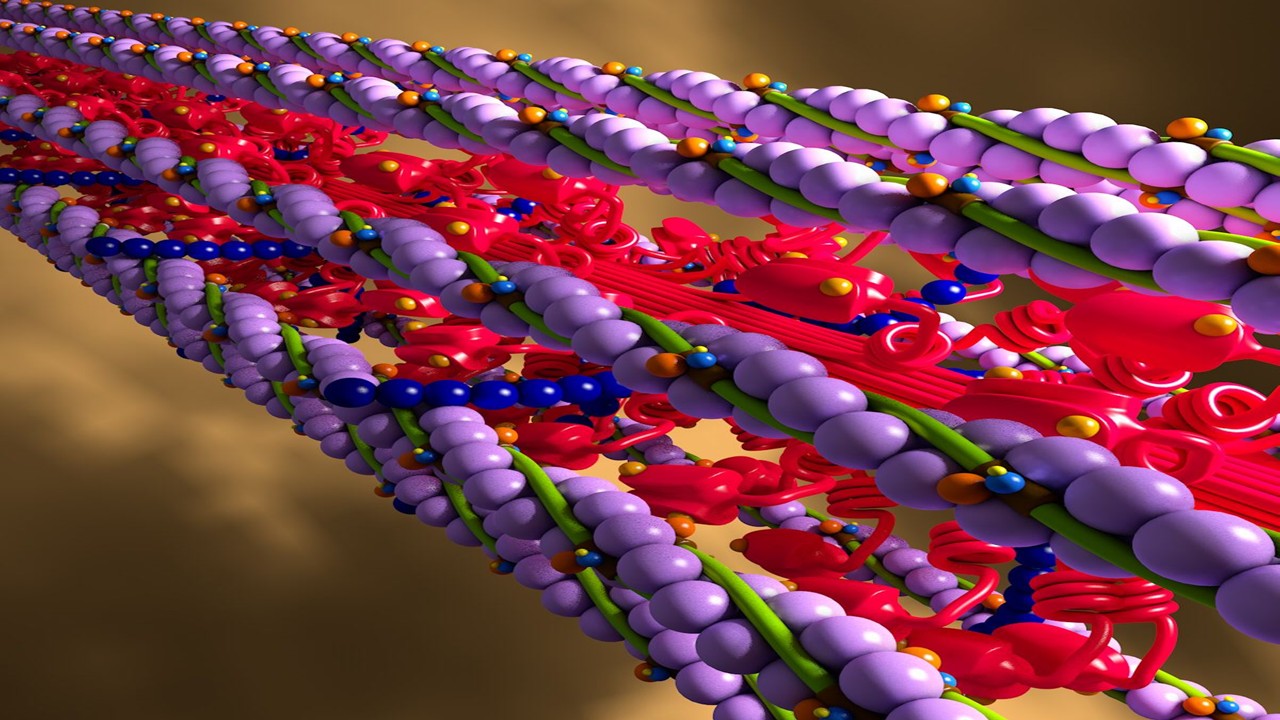
Molecular Biology & Biotechnology
Myosin’s Molecular Toggle: How Dimerization of the Globular Tail Domain Controls the Motor Function of Myo5a
Myo5a exists in either an inhibited, triangulated rest or an extended, motile activation, each conformation dictated by the interplay between the GTD and its surroundings.
Read More Articles
Chemical Gale: How Wind Energy is Reshaping Industrial Manufacturing
The integration of wind energy into chemical manufacturing constitutes a fundamental reimagining of process chemistry.
Algorithmic Trials: How Decision Theory is Reshaping Decentralized Clinical Research
Decision theory offers a robust mathematical framework to design trials that enhance efficiency, uphold ethical standards, and better reflect the complexities of real-world therapeutic contexts.
Polarity Alchemy: Strategic Charge Manipulation in Contemporary Drug Design
The future promises tunable therapies with polarity adjustable by light, magnetic fields, or bioorthogonal triggers.




